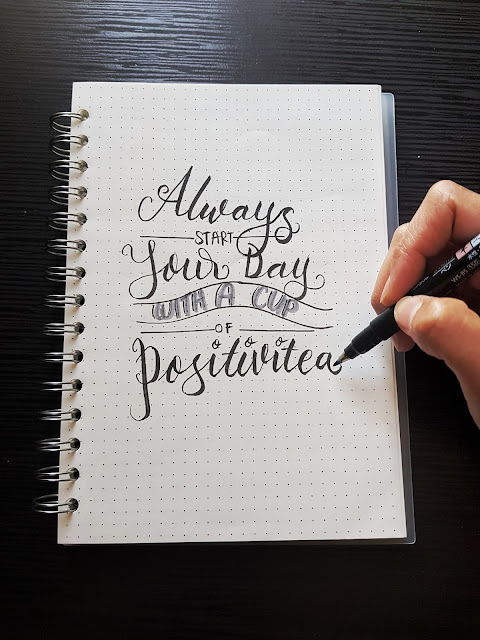The Powerful Tool for Habit Changing
People don’t fail diets, diets fail people.
You’re setting yourself up for failure by not working on realistic strategies to begin with. Habit formation is a gradual process, it does not require radical change.
This is where the use of commitment devices is a powerful tool for changing eating and lifestyle behaviours. Having a desire to lose weight or be healthy, or even setting goals, is simply not enough to succeed. It is about putting intentions into a specific action plan.
Commitment requires conscious thinking and planning; in other words, mindfulness. Otherwise, we work on autopilot. So, when a new behaviour is repeated, it will become an automatic habit in time.
It’s about planning the journey, not racing to the destination.
Mindfulness helps you to be fully present and aware of what you are doing, in the moment. It’s a way of locking yourself into an action plan, a journey, especially when motivation is lacking. Motivation can come and go, whereas commitment focuses on the process required to attain a chosen outcome.
Here are some examples of commitment devices you can begin with:
- Set a realistic plan to exercise for at least 30 minutes, 4 or 5 days a week. e.g. join an exercise group or find a walking buddy.
- Clean out your pantry to avoid the temptation of sugary snacks, and replace them with healthy options.
- Take the time before grocery shopping to make a list, and always have a snack – don’t shop on an empty stomach!



Comments
Post a Comment